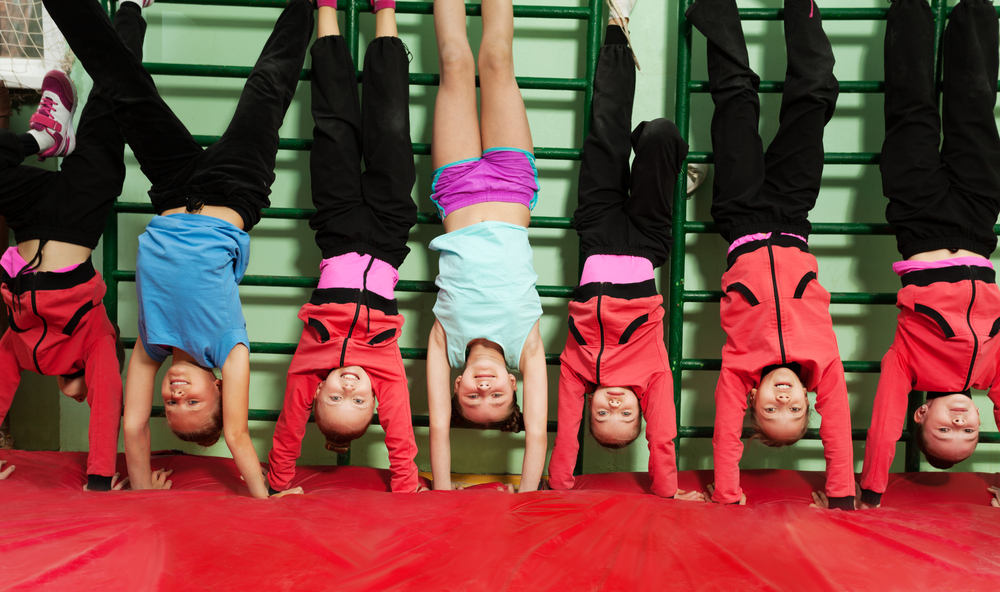Raising Our Daughters to Be Brave: Five Tips from Athlete Crista Samaras
By Samantha Walravens, Forbes 09/14/18
Crista Samaras made headlines as a nationally ranked lacrosse player at Princeton from 1994-1999 and a gold medalist in the 2001 IFWLA World Cup as a member of the Women’s National Team. She went on to coach women’s lacrosse at Yale and start three companies. From the outside, she is a true American success story. What is less known about her is her lifelong struggle with depression.
“I wasn’t a person who ‘kind of” suffered from depression,” explains Samaras. “I was a suicidal kid from seventh grade until today. It’s just the state I’m in.”
Lacrosse became a way for her to battle her demons.
“I couldn’t find ‘happy’ or a sense of joy,” she continues. “I just wanted to be alone, rid of the competition. For me, lacrosse wasn’t about just winning. It was winning to such a huge degree that other players were no longer in the same playing field as me.”
During her sophomore year at Princeton, the perfect storm hit—Samaras’ depression spiked, and her parents lost her childhood home. She ended up failing out of school.
“It was a very public failure—one that I couldn’t hide behind,” she admits.
After a yearlong break, during which she took classes at the University of Maryland and discovered her passion for writing, she returned to Princeton.
“The experience taught me so much more about my own grit and resilience and overcoming failure,” she says. “Graduating from Princeton was, by far, the hardest thing I’ve ever had to do.”
As founder and CEO of Brave Enterprises, Samaras devotes her life to helping teenage girls get to the base of their fears and learn strategies to become more brave, a term she defines as “taking action when we’re afraid.” Here, she shares five ways we can encourage bravery in our daughters, and, in turn, live more brave lives ourselves.
1. Start Early
Studies show that self-confidence plummets for girls around age 15, dropping twice as much as boys during puberty.
“Before age 11, both girls and boys have high natural perceptions of their own bravery and self-confidence,” Samaras explains. “At puberty, with hormonal changes, societal changes, and changes in the types of fears they have, these numbers drop.”
For boys, however, self-confidence stabilizes in high school and starts to rebound in college. With girls, their confidence bottoms out around age 15 or 16, rebounds slightly towards the end of high school, and drops again in college. Even beyond college, women report feeling less brave and less confident than men.
“Building skills to help girls increase competence and confidence in their younger years can help moderate the drop we see in confidence,” says Samaras. “We want girls to grow up to be women who are willing to try things, take risks, gain experiences to remain competitive in the workplace and confident in their personal, everyday lives.”
2. Don’t Use the Word “Fearless”
The first step in building bravery is admitting our fears.
“I never use the word ‘fearless,’” Samaras explains. “ We don’t want our girls to be fearless. Being afraid is a natural human reaction , and trying to minimize it creates unrealistic expectations.”
Instead, we should see fear as a “cue” and an “opportunity to be brave.”
Since girls tend to look to their mothers and immediate family for models of bravery (boys look to public figures), it’s important that women share their fears with their daughters, as well as ways they tackle these fears.
“How are they seeing you be brave?” Samaras asks.
Share with them situations that scare you, maybe a presentation at work or a difficult conversation with a colleague. Brainstorm ways that you could navigate this fear. Your daughter may even have some valuable advice to offer!
3. Resist the Urge to Rescue
Many parents today rob their kids of the “gift” of failure. Failing and figuring out how to recover teaches kids how to be resourceful and resilient.
“Parents are too eager to remove obstacles for their kids, to pick them up when they get knocked to the ground,” Samaras explains. “We need to let kids build competency in failing and recovering, over and over again, so they believe they can do it themselves.”
Failing at the small things, especially when they’re younger, allows our girls to develop the coping skills they need to tackle larger issues. By extension, giving our girls more control over their decisions, like what to wear or what extracurriculars to try, will help her take responsibility for her decisions and their outcomes, good or bad.
4. Encourage Team Sports
Building bravery requires repetitive practice. In sports, you get practice trying and failing because the game is not going to be nice to you. Your opponent is not going to be nice to you.
“I think that’s why 94% of women in the C suite are former athletes,” says Samaras. “Of that 94%, 52% of them were college athletes. Not only do sports help create competitive drive, but that competitive drive is based on a competency and a belief in your skills.
5. Listen More Than You Talk
Curiosity is a hack to becoming brave, says Samaras.
“When you’re really curious about something, you want to see what happens on the other side of trying,” she explains. “You’re willing to try regardless of whether you succeed or fail.”
Parents can practice being curious with their kids. That means asking kids questions without expecting to get the answer you want. Simple, open-ended questions like,“How do you feel about _____ ?” or “What are your thoughts on ________?” are best. Avoid “Why” questions, which put people on the defensive.
Most importantly, be fully present during conversations with your kids.
“Put your phone down, stop everything you’re doing, and be fully attentive,” Samaras advises. “Do all of this, even if she doesn’t reciprocate, yet.”


